News
EPJ H Highlight - Unpacking the mystery of Feynman’s reference amplifier
- Details
- Published on 13 December 2019
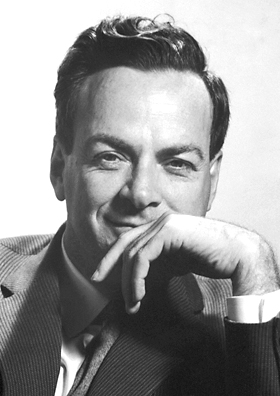
A review of lectures given by Feynman between 1946 and 1971 showcase the strong influence that his involvement in the Manhattan Project held on his research, while revealing an intriguing mystery surrounding one particular amplifier device.
Richard Feynman was one of the 20th century’s most celebrated physicists. In 1943, he began his career in the Manhattan Project, where one of his tasks was to develop a device which could count the neutrons produced by nuclear reactions. Neutron signals emerging from counters must be strongly amplified to achieve this, but in the 1940s, practical amplification devices were hindered by their distorted signals. To overcome the issue, Feynman proposed a theoretical ‘reference amplifier’, which could provide amplifiers with a standard signal to be compared with. Through analysis published in EPJ H, researchers at the University of Naples, Italy, propose that this line of research exemplifies the influence which Feynman’s involvement in the Manhattan Project held over his later teaching and research.
EPJ D Highlight - Colliding molecules and antiparticles
- Details
- Published on 13 December 2019
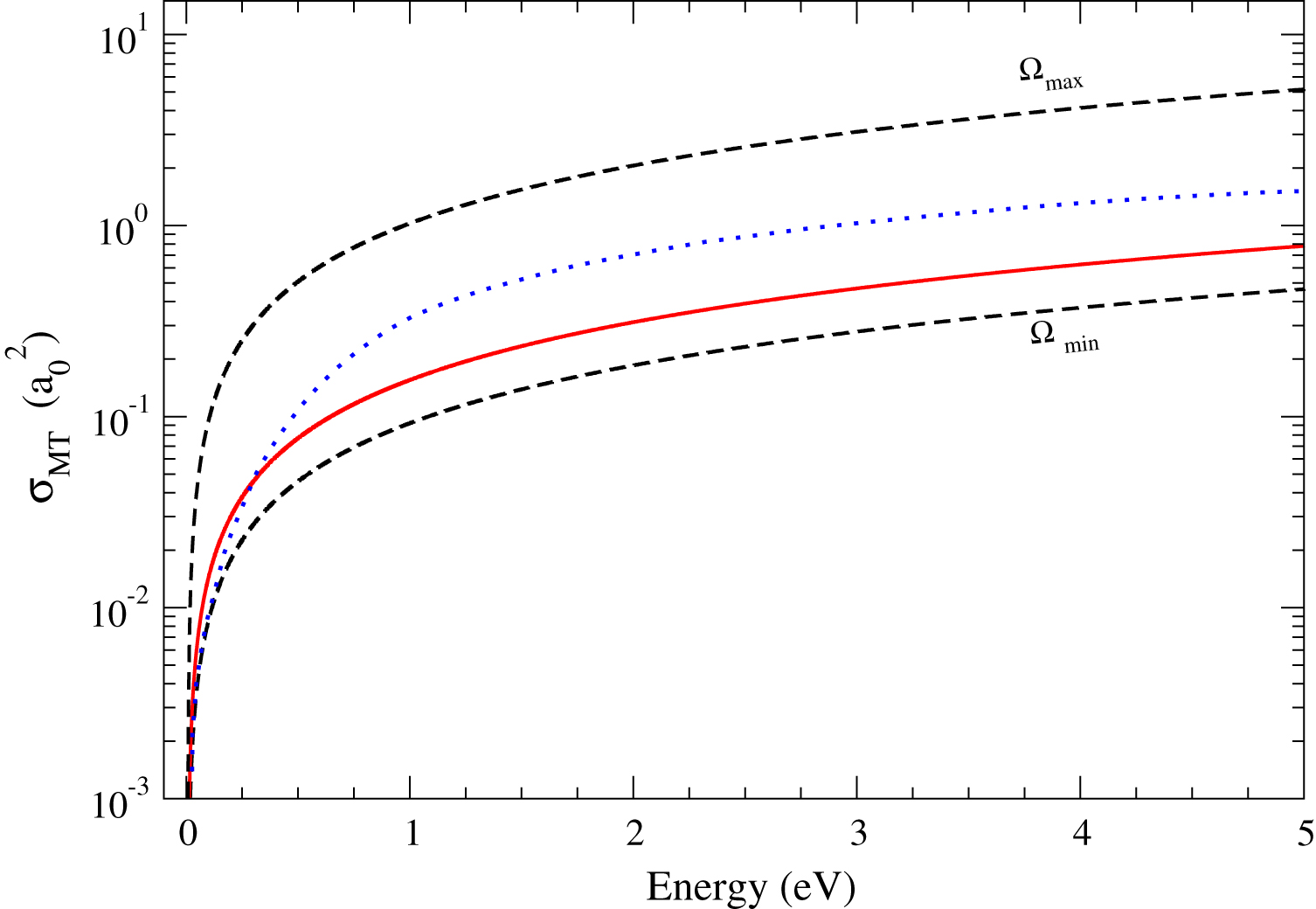
A new theoretical study of the interaction between positrons and simple tetrahedral and octahedral molecules agrees with experimental work and could have useful implications for PET scanning techniques.
Antiparticles - subatomic particles that have exactly opposite properties to those that make up everyday matter - may seem like a concept out of science fiction, but they are real, and the study of matter-antimatter interactions has important medical and technological applications. Marcos Barp and Felipe Arretche from the Universidade Federal de Santa Catarina, Brazil have modelled the interaction between simple molecules and antiparticles known as positrons and found that this model agreed well with experimental observations. This study has been published in EPJ D.
EPJ A Highlight - Towards the solution of the “hyperon puzzle”
- Details
- Published on 12 December 2019
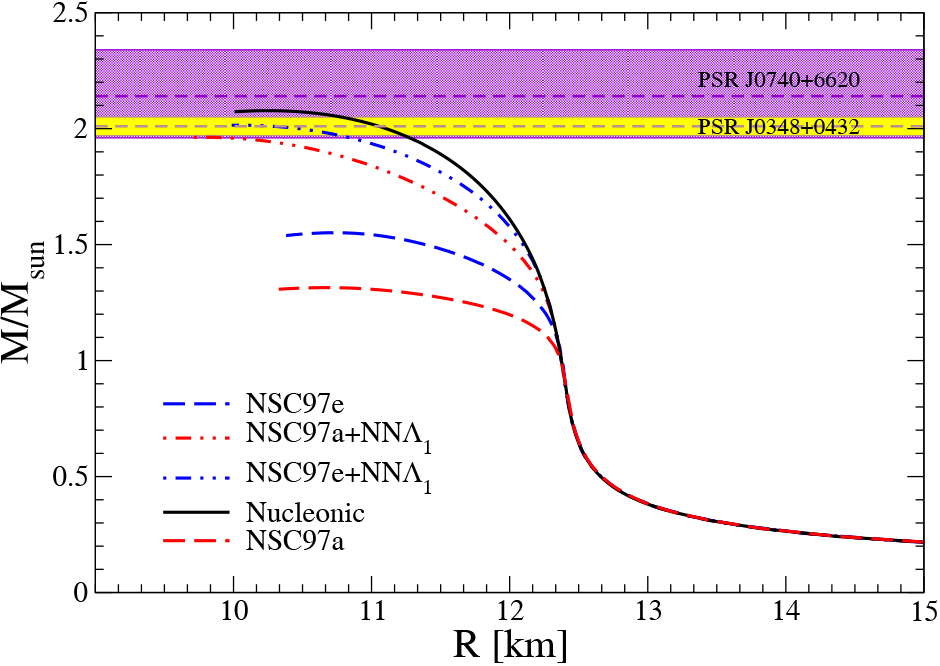
The possible presence of strange matter in the core of neutron stars has given rise to the so-called hyperon puzzle: hyperonic degrees of freedom are energetically allowed in the extreme density conditions believed to exist in the core of Neutron Stars, but hyperons reduce the internal pressure of the star, which then cannot compensate the gravitational field to sustain the most massive compact stars observed.
This work reports on the effect of three-body interactions when including a Lambda hyperon on the properties of hyper-nuclei and Neutron Stars. State-of-the-art three-body chiral effective interactions are introduced in a microscopic Brueckner-Hartree-Fock calculation.
EPJ Plus Focus Point: Past and Present: Recent Advances in the Investigation of Ancient Materials by Means of Scientific Instrumental Techniques
- Details
- Published on 12 December 2019

This Focus Point introduces selected papers from the contributions presented at the 10th Congress of Italian Association of Archaeometry (AIAr) held in Turin (Italy) in February 2018, where a large parterre of Italian as well as International researchers shared their experiences on new and more consolidated analytical approaches on archaeological and artistic materials.
Different topics were addressed in the realm of cultural heritage, from characterisation and diagnostics to bioarchaeology and man-environment interaction. A strong focus was put on the comparison between non-invasive/non-destructive and micro-invasive methods in the study of different categories of objects, evaluating the pros and cons of each approach. Also a growing interest, accompanied by increasing technological skills, was registered for monitoring of environmental conditions to which the archaeological and artistic patrimony is subjected.
EPJ B Highlight - Better studying superconductivity in single-layer graphene
- Details
- Published on 02 December 2019
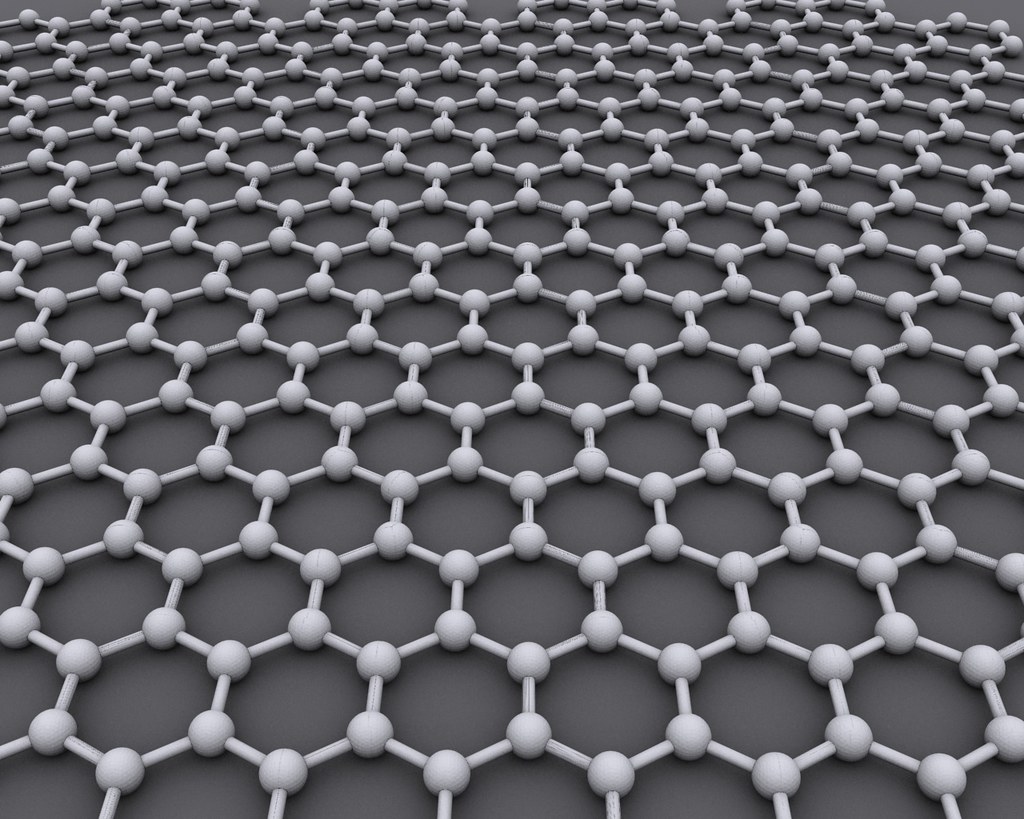
An existing technique is better suited to describing superconductivity in pure, single-layer graphene than current methods.
Made up of 2D sheets of carbon atoms arranged in honeycomb lattices, graphene has been intensively studied in recent years. As well as the material’s diverse structural properties, physicists have paid particular attention to the intriguing dynamics of the charge carriers its many variants can contain. The mathematical techniques used to study these physical processes have proved useful so far, but they have had limited success in explaining graphene’s ‘critical temperature’ of superconductivity, below which its’ electrical resistance drops to zero. In a new study published in EPJ B, Jacques Tempere and colleagues at the University of Antwerp in Belgium demonstrate that an existing technique is better suited for probing superconductivity in pure, single-layer graphene than previously thought.
EPJ D Highlight - Proton-hydrogen collision model could impact fusion research
- Details
- Published on 02 December 2019
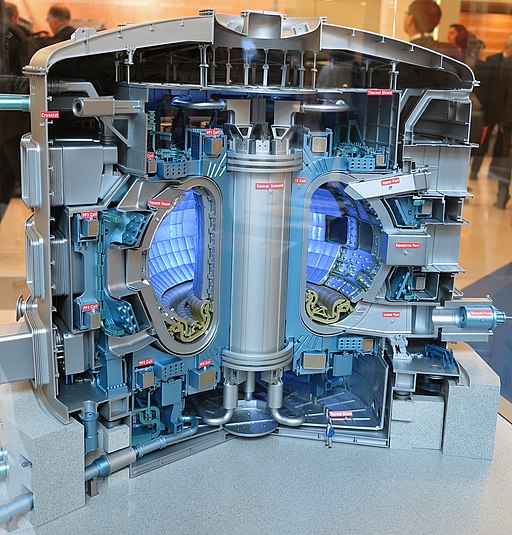
A new theoretical model predicts how protons will collide with hydrogen atoms which have been excited to higher energy levels, over a wide range of impact energies
The motions of plasmas may be notoriously difficult to model, but they can be better understood by analysing what happens when protons are scattered by atoms of hydrogen. In itself, this property is characterised by the size of a particular area surrounding the atom, known as its ‘cross section’. In new research published in EPJ D, Anthony Leung and Tom Kirchner at York University in Canada used new techniques to calculate the cross sections of atoms which have been excited to higher energy levels. They analysed the behaviour over a wide range of impact energies.
EPJ Plus Focus Point: Fractional Differential Equations in Physics: Recent Advantages and Future Direction
- Details
- Published on 20 November 2019
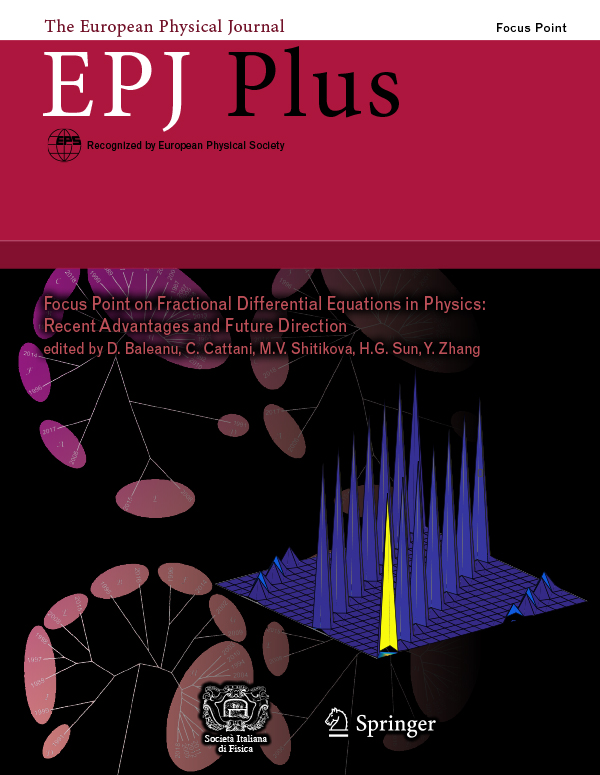
The Focus Point on “Fractional Differential Equations in Physics: Recent Advantages and Future Direction” presents some of the multiple open research directions within the dynamical field of fractional calculus and its applications. Traditional viewpoints together with fractional calculus models and techniques are used to provide the readers with a full picture of how dynamic and useful fractional calculus ideas are in treating the dynamics of complex phenomena arising from science and engineering. We hope that the research articles of this Focus Point will motivate young researchers to apply their original ideas for solving the multiple open problems within fractional calculus.
EPJ A Highlight - Confirming the validity of the Silver-Blaze property for QCD at finite chemical potential
- Details
- Published on 06 November 2019
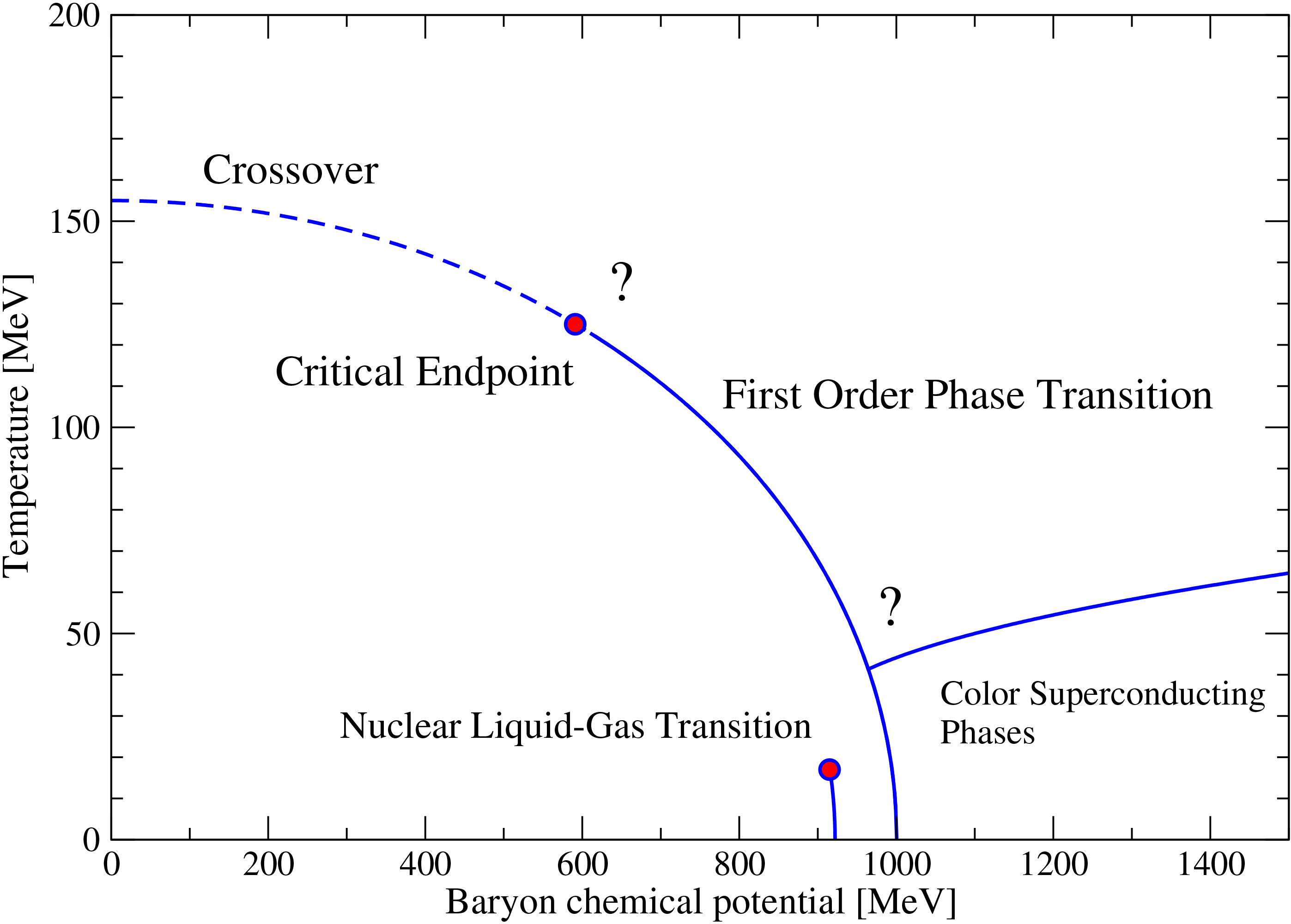
The properties of the theory of strong interactions, QCD, at finite chemical potential are of great interest for at least two reasons: (i) model studies suggest a potentially rich landscape of different phases with highly interesting analogies to those found in solid state physics; (ii) the resulting thermodynamic properties have far reaching consequences for the physics of neutron stars and neutron star mergers.
EPJ E Highlight - Mathematics reveals new insights into Marangoni flows
- Details
- Published on 24 October 2019

New theoretical analysis describing the movements of impurity-laden, temperature-varying fluids at water-air interfaces better matches previous experimental observations
The Marangoni effect is a popular physics experiment. It is produced when an interface between water and air is heated in just one spot. Since this heat will radiate outwards, a temperature gradient is produced on the surface, causing the fluid to move through the radiation process of convection. When un-dissolvable impurities are introduced to this surface, they are immediately swept to the side of the water’s container. In turn, this creates a gradient in surface tension which causes the interface to become elastic. The structures of these flows have been well understood theoretically for over a century, but still don’t completely line up with experimental observations of the effect. In a new study published in EPJ E, Thomas Bickel at the University of Bordeaux in France has discovered new mathematical laws governing the properties of Marangoni flows.
EPJ Plus Highlight - Science reveals improvements in Roman building techniques
- Details
- Published on 24 October 2019
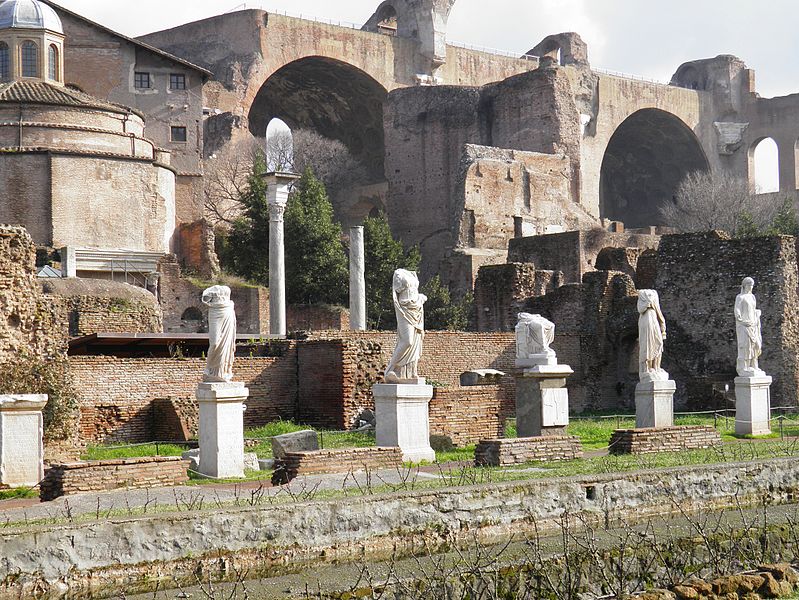
Carole Raddato from Frankfurt, Germany [CC BY-SA 2.0 (https://creativecommons.org/ licenses/by-sa/2.0)]
A variety of scientific techniques have been combined to highlight improvements in the technologies employed by the Romans in successive modifications to the Atrium Vestae in Rome.
The Romans were some of the most sophisticated builders of the ancient world. Over the centuries, they adopted an increasingly advanced set of materials and technologies to create their famous structures. To distinguish the time periods over which these improvements took place, historians and archaeologists typically measure the colours, shapes and consistencies of the bricks and mortar used by the Romans, along with historical sources. In new research published in EPJ Plus, Francesca Rosi and colleagues at the Italian National Research Council improved on these techniques through scientific analysis of the materials used to build the Roman Forum’s Atrium Vestae. They found that successive phases of modification to the building saw improvements including higher quality raw materials, higher brick firing temperatures, and better ratios between carbonate and silicate building materials.




